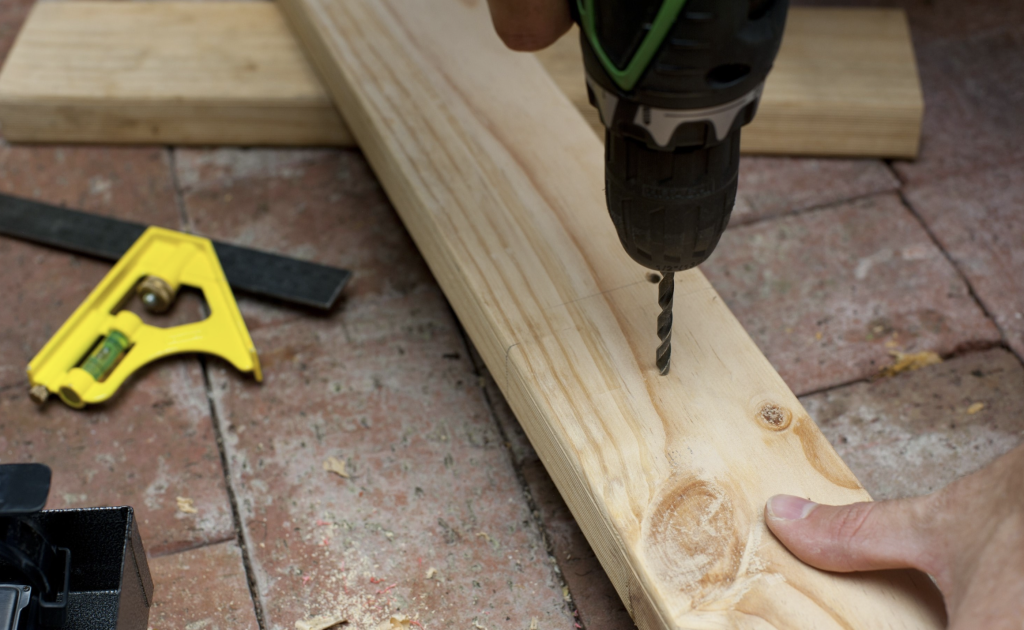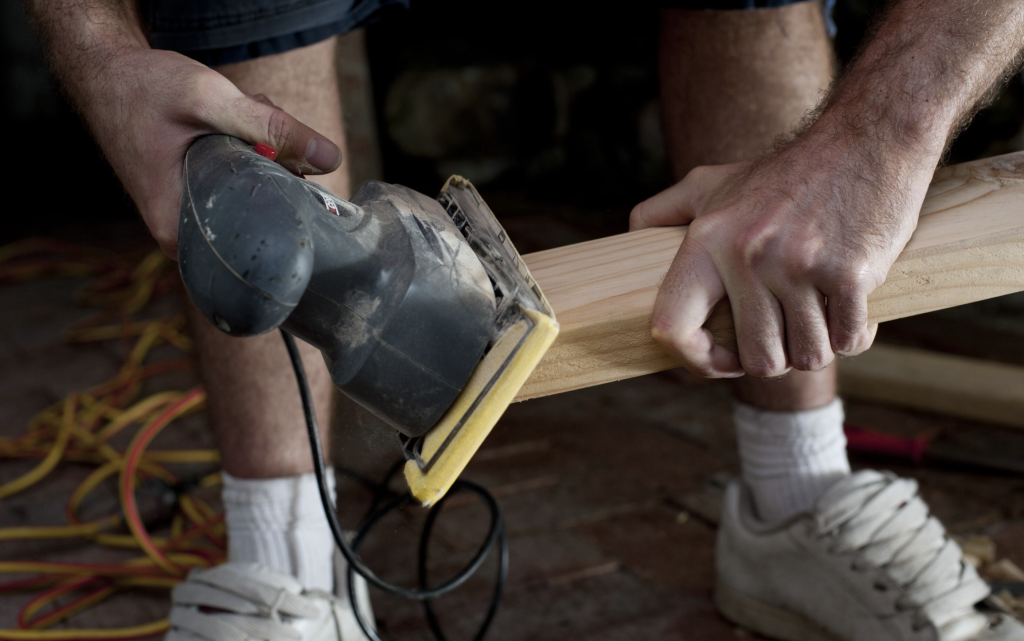Firstly, perhaps we should ask the question “What exactly are power tools? “
Well, the term “power tools” is usually defined as a tool that is actuated by an additional power source and mechanism other than solely manual labour. Effectively then, this is the distinction between a power tool and the kind of hand tool that you might find in standard tool kits.
We usually think of power tools as being powered by electric (or battery), but they may actually be powered by a whole range of different means. Certainly, most commonly this is by electricity (using an electric motor within the tool), but they can also be driven by compressed air or gas, by a petrol or diesel engine, or by other means.
We generally also think of power tools as ones that are held in the hand by the user or operator, even if they are powered and therefore not actually hand tools. However, larger tools that are powered may not be held at all and these are still classed as power tools. For example, a lot of metalworking is done by stationary power tools, which are also known as machine tools in this context. Machine tools are generally used in more industrial settings, whether this is for metalworking or working with some other kind of material.
How Power Tools Have Evolved
In thinking about how power tools have evolved, we should perhaps think back to the time of the industrial revolution, when tools really first went from just being powered by the hands of the user to being powered by a much greater force. At this time tools began to be driven by belts from overhead shafts, being powered by water, and, sometimes, by steam engines. This revolutionised industry at the time – which is where the term industrial revolution comes from, of course.
There are, of course, many different types of power tools today and their design and the number of uses that they are put to is constantly evolving and changing as the industries that they are used within themselves change.
Types of Power Tools
Although power tools are used across a wide range of modern industries, in essence, the power tools themselves can still be broken down according to three different criteria:
- Power source used
- Technical requirements
- Portability
Power Sources
The most commonly used power sources for power tools are the following:
- Electric tools – these make use of electricity to power them. Electrically powered tools are by far the most common form of power tool, whether they are corded (connected to a power course by cable) or cordless (using in integrated, and usually re-chargeable, battery)
- Fuel (eg. petrol) powered tool – these power tools used their own on-board engine to power them. They tend to be more powerful than their electric counterparts, but they can be more cumbersome due to having the weight and bulk of the engine as part of the tool.
- Pneumatic tools – this type of tool is powered by air, or more specifically by compressed air, which is fed to the tool by an air compressor. The majority of such pneumatic tools used the compressed air to drive a pneumatic motor. Pneumatic tools have some advantages over electrically powered ones as they are considered safer, without any risk of electrocution and they are also easier to maintain without any electric motors to service.
- Hydraulic tools – these work in a similar way to pneumatic tools except they use pressurised fluid to generate the power via a motor in the tool. They can generate more power than their electrically powered equivalents, but they are usually quite expensive and tend to need more maintenance.

Technical Requirements
The technical requirements for a power tool really revolve around the setting the tool will be used in, the frequency and intensity of the use and also the scale of the job that it is to be used for, all of which will impact how robust the tool needs to be and what level of performance it needs to be capable of.
We could simply categorise the requirements as being either for a household environment, use by a professional / tradesperson or for use in an industrial setting.
- Household Tools – Power tools that are designed to be used by home owners and DIYers. These models have to be affordable and are therefore less powerful and durable than industrial versions of the same tools might be. Tools brands such as Black and Decker, DeWalt, Bosch, Draper Tools, Stanley & Makita are among those that most people would recognise as leading producers of power tools that are designed for use in the home.
- Professional / Trade Tools – These power tools sit part way between Household Tools and Industrial Tools. In many instances they are really just more powerful or higher specification versions of the Household Tools and are therefore designed to withstand the prolonged or heavier use that tradespeople will make of them.
- Industrial Tools – These are the toughest kind of power tools. They are designed and built for high performance usage over extended periods of time, on a daily basis. These type of tools are often used in industrial settings and they generally come with longer warranties. Of course, they also come with a higher price tag associated too.
Portability
- Portable – We tend to think of power tools as being hand held and portable and, indeed, the majority of them are certainly designed to be light enough to be used while being held in a person’s hands. However, this is not the case with all power tools.
- Stationary – As already mentioned, power tools can also be large machines that are not moved easily at all and such “machine tools” must usually be secured to the floor or a wall, in order to function properly. These kind of tools usually have the advantage of offering greater precision and power.
Advantages of Power Tools
It may seem obvious to us nowadays, but we should perhaps consider exactly what some of the benefits of power tools are when compared to using hand tools to perform the same tasks.
The most obvious advantages are in the speed and efficiency of carrying out the job that the tools are designed for. It is certainly true to say that in the vast majority of instances a power tool can complete a task in only a fraction of the time that, even a highly skilled, craftsmen or worker can using a hand tool. However, these are not the only benefits that come from using power tools. In fact, in many instances the level of accuracy and quality of the finished job can also be far better with the use of power tools, as long as they are being used by a skilled user, of course. So power tools can help us do the job more quickly and, often, to a higher standard as well.
There are also some wider benefits too though. In bygone eras, when certain tasks had to be carried out using hand tools, this was often laborious, hard work that not only took far longer, but also took its toll on the person carrying out the work. Now that the same tasks can be carried out in a fraction of the time, thanks to the range of power tools that are in use, there has to be far less manual input from the user. This has had benefits in terms of the long-term health and well-being of workers in a number of industries.
Whether we are talking about the change from a manually operated hand drill to a 240v electric hammer drill, or from a pick to a pneumatic jackhammer, the widespread use of power tools has not only revolutionised the world around us, but also changed for the better the lives of workers across nearly every industry too.




